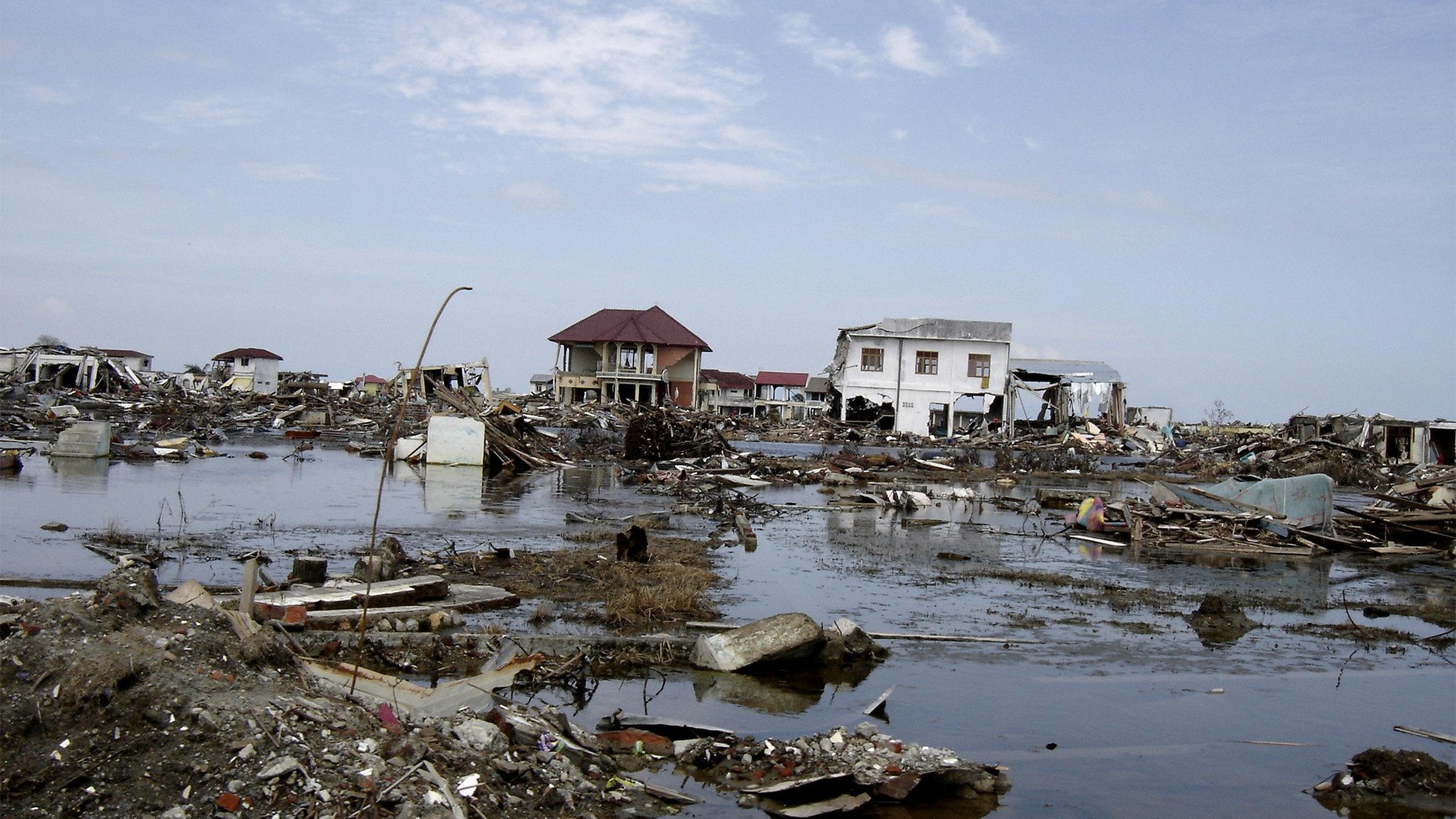Tsunami
The outermost layer of the Earth consists of oceanic plates and continental plates. Sometimes, two continental plates collide suddenly, causing an earthquake. The same can happen between two oceanic plates, or between a continental plate and an oceanic plate. When this happens under water it leads to not only an earthquake but also a tsunami.
Cement
The Japanese team are investigating if bacteria might be able to lessen the impact of tsunamis by using these microbes to fill the space between tectonic plates. In particular, they are focusing on bacteria that secrete carbonate ions. These ions bond with calcium in the sea to form calcium carbonate, a substance resembling cement. So far, the bacterium Sporosarcina ureae has been found to have the highest calcium carbonate production. According to tests, it could reduce the friction between plates by as much as ten per cent.
In practice
There is still a long way to go, however, and a great deal of research is needed to advance this process. Injecting the bacteria into the space between tectonic plates will also be a huge challenge. It's an ambitious plan, but perhaps one day these microscopically small organisms will be able to lessen the impact of this type of natural disaster – and therefore save lives.
Source: The Mainichi

